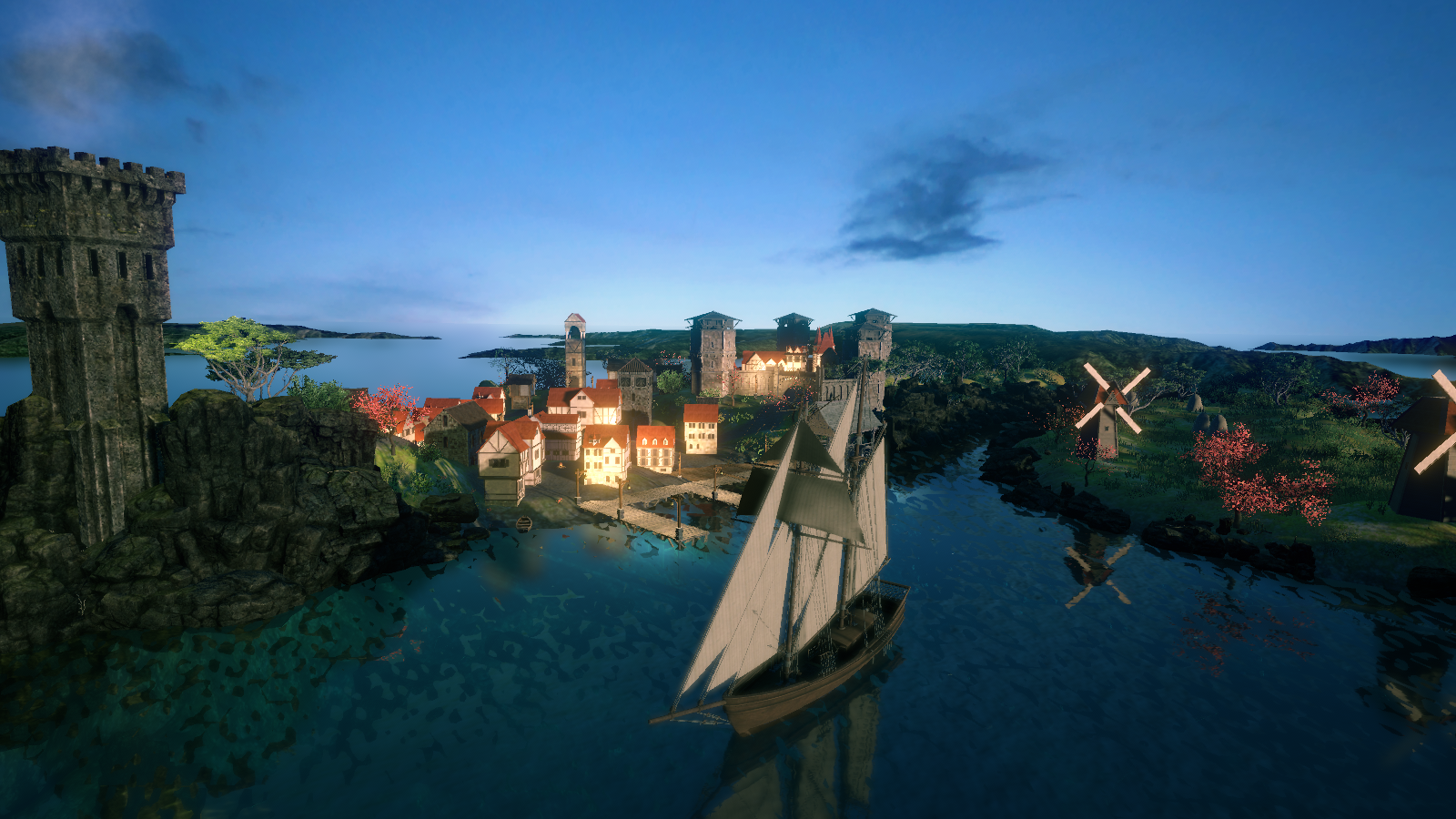Wire-Whip
If the Razor-Whips are a roving horde then, Wire-Whips are the royal class that is very stationary and well structured. Each colony holds a main complex guarded by large imposing guards, soldiers who keep the territory safe and transport the food stores back to the colony, with the Queen over seeing it all while her King keeps the peace and fills each role with his challengers. All work for the good of the colony, it is truly a sight to behold.
Basic Information
Anatomy
Wire-whip anatomy can be defined as similar to a scorpion in many ways; carapace, eyes, chelicerae for its mouth section, four pairs of walking legs, and two pedipalps. But differ in the following ways
- Consisting of an exo-skeletal structures of a common scorpion with some advanced anatomy that aids in their larger size and niche in the wider animal kingdom.
- The spiracle openings are still the same size if you were to scale the animal to the same size, but it is the proto-lungs behind them that allows for the greater size and more energetic nature observed in these animals.
- Unlike their smaller cousins they have a closed circulatory system with long multi chambered hearts.
- Their tails have many vain-like structures that work off of a hydraulic fluid system and with the addition of hundreds of smaller segments it allows the blade like telson to be swung up to 350 degrees before a twisting action rolls the tail for continued rotation.
- The telson is also hardened by the use of zinc-containing metalloproteins along the edges.
- The pedipalps are like the telson using the same zinc-containing metalloproteins in the tips of the three claws on each pedipalp.
- This added claw helps manipulate objects to aid in nest building, mating displays, and anchoring for nest defense.
Biological Traits
Royal couple, Guardians, and Solders
Genetics and Reproduction
Mating is for life and each year the female will lay one clutch of eggs(1-2 dozen eggs) in warm sandy soil or piles of leaf litter in a less heated environment, all clutches will be inside the colony or near the main complex with the females guarding their own nest. Once born all hatchlings are taught by the Queen to tend the Milius Mold patch and practice with their tails.
Growth Rate & Stages
Growth rates are based on the amount of mold in the early stages that the hatchlings can consume along with the zinc for their tails. They will molt as soon as they have grown enough inside their shells and have excess minerals. In stage two how effective their are at hunting. Lastly the third stage is determined by their station in the colony and rations of mold according to their job.
Ecology and Habitats
Warm semi-humid environments are best due to their proto-lungs. While they can thermoregulate instinctually they seek thermoneutrality hence why they are found in caves, abandoned brick buildings, and other thermally cool locations with higher humidity. This species is a little different due to the symbotic relationship with Milius Mold due to the conditions needed to cultivate this mold their nests are on average warmer than Razor-whip.
Dietary Needs and Habits
Due to it's tail segmentation, hydro-vascular system, and fairly advanced learning patterns, all of the Flagrium vintrathus family is able to swing their tails like whips or maces. Each individual will favor one way of swinging it's tail. All are lethal to any animal that gets in the path of the blade like telson which is zinc hardened, they are known to be able to cut birds, small eels, fish, and other invertebrates in half (including each other). This group mainly hunts using its 2-3 year old young to kill and collect eels and other fish to be returned to the colony for Milius Mold propagation.
Biological Cycle
Hatching from eggs buried in warm sands or other loose soils as fully formed Wire-Whips they are cared for by the colony, molting to get larger until they are 2-3 years old. At this stage they undergo their first major change the ability to eat meat. Up until this second stage they have lived off of the Milius Mold but the colony needs small nimble hunters to collect meat specifically eels and fish. Depending on resources and minerals they will stay in this role until they are to big to climb the trees for their own food mainly birds. Next is the third stage after challenging the King/Queen to a battle of skill each one is placed in a role in the colony. Once assigned to a place once a year mating season starts and tails are used in matching displays with each couple dancing around each other with their tails never touching. Mating to one mate for life their populations are relatively small and hidden.
Genetic Descendants
Scientific Name
Filjum-Flagrium vintrathus
Lifespan
20 years
Conservation Status
Unknown how many colonies are on the Isle of Kings.
Average Height
Royal - 1.5-3 foot body
Guardian - 3-5 foot body
Solders - 1.25-3 foot body
Average Weight
50-250 lbs
Average Length
Royal - 5-7 foot body length
Guardian - 7-10 foot body length
Solders - 4-7 foot body length
Geographic Distribution
Discovered by



Comments